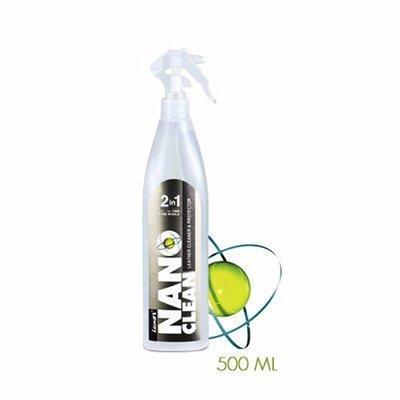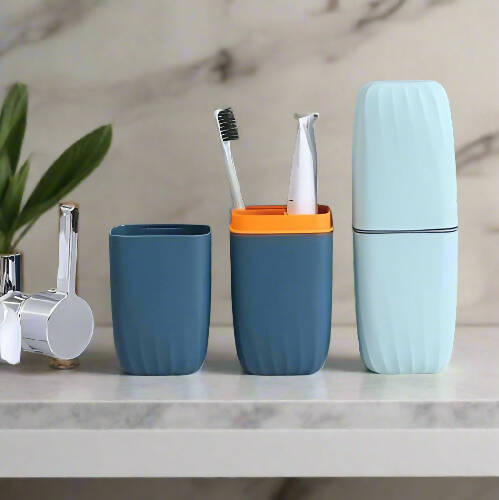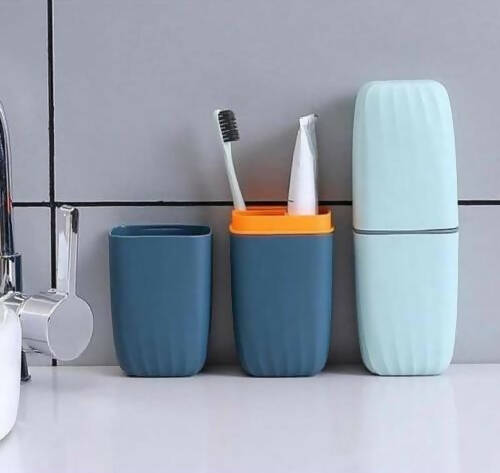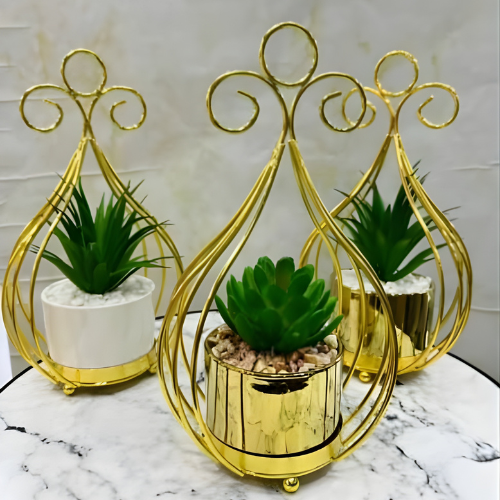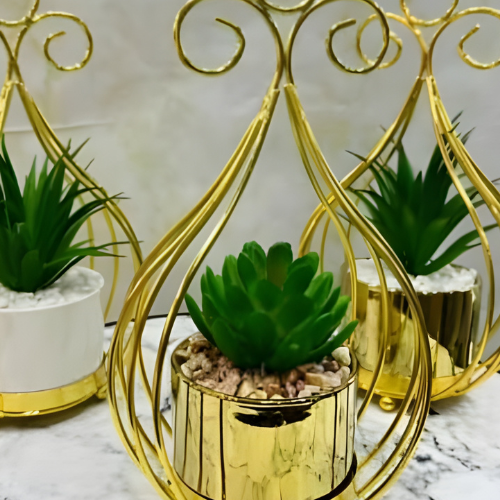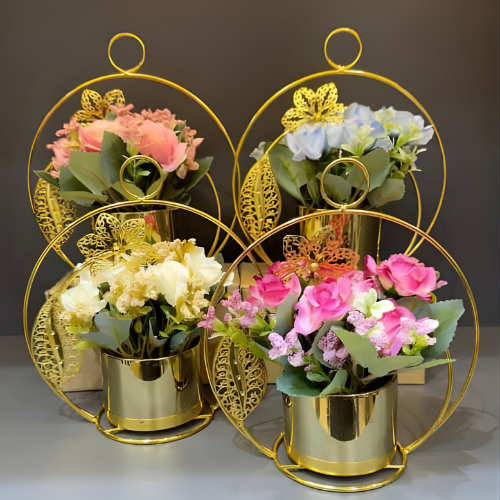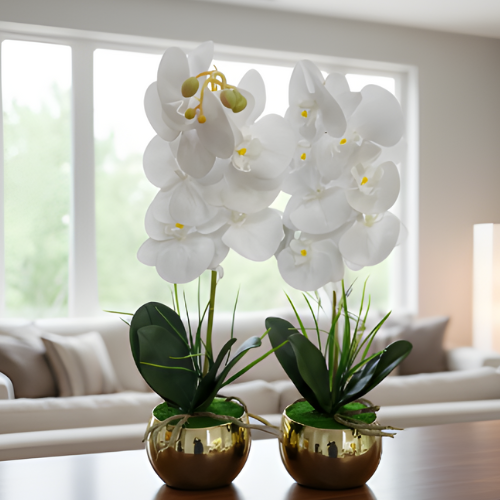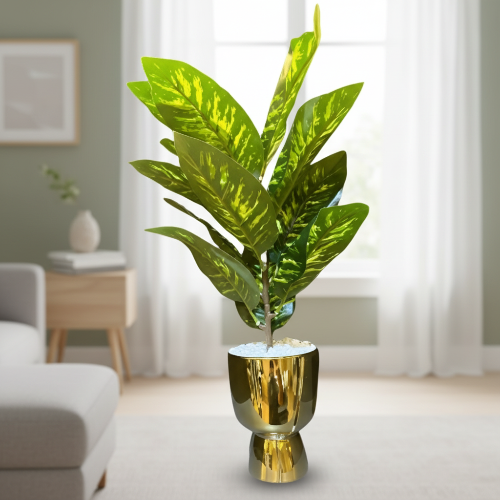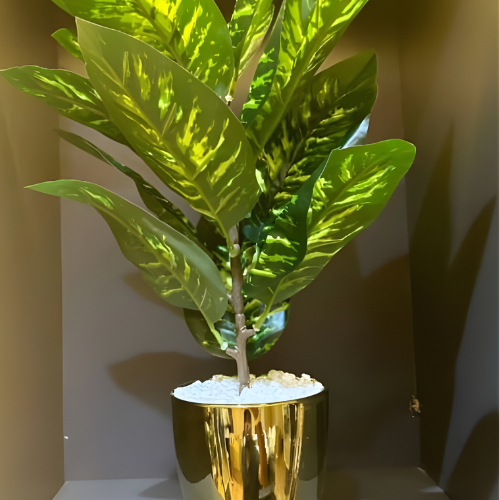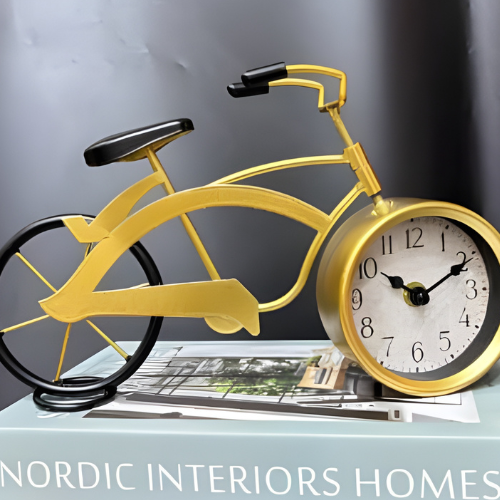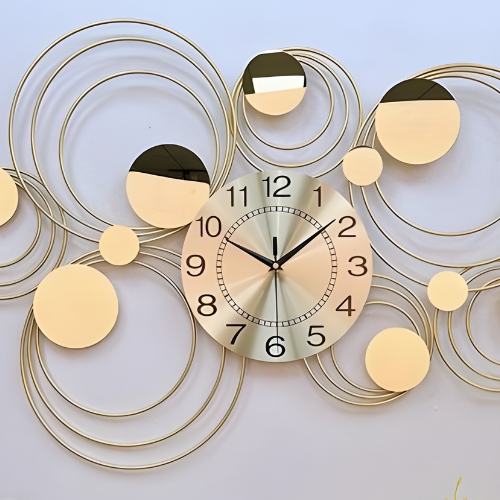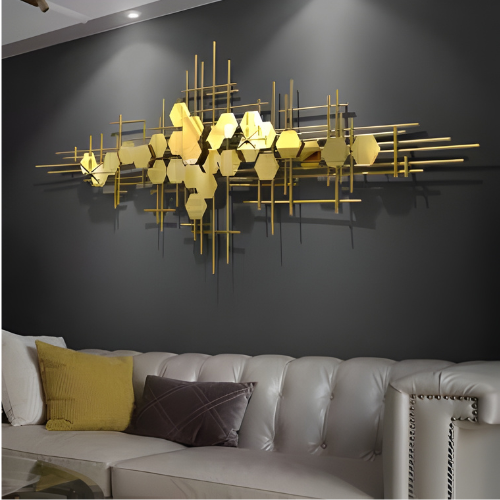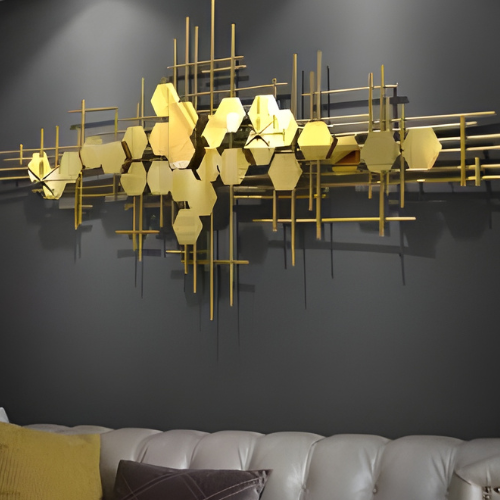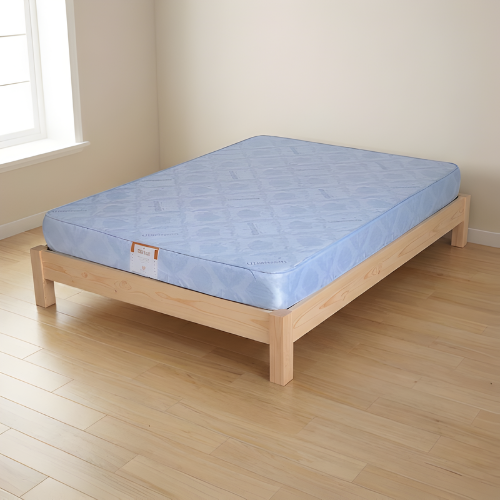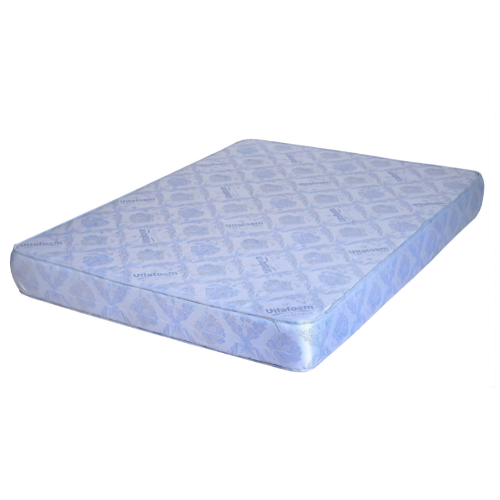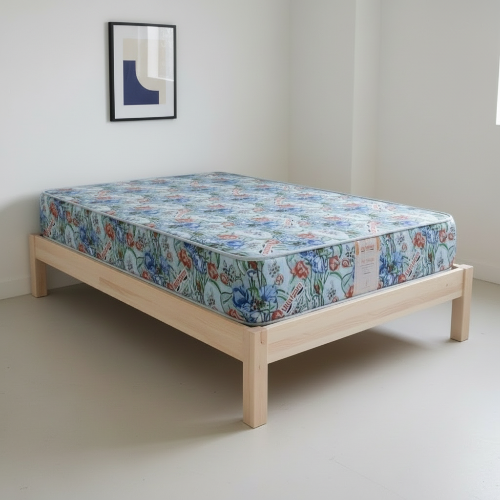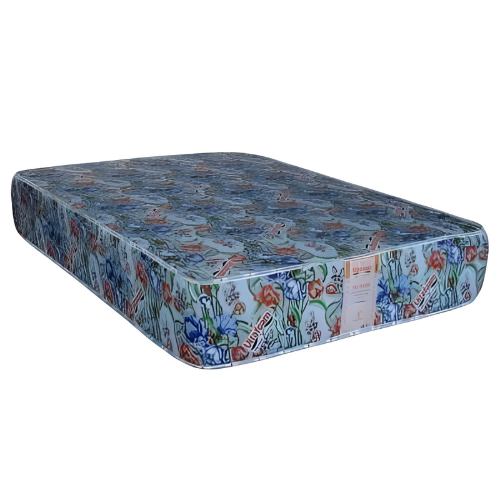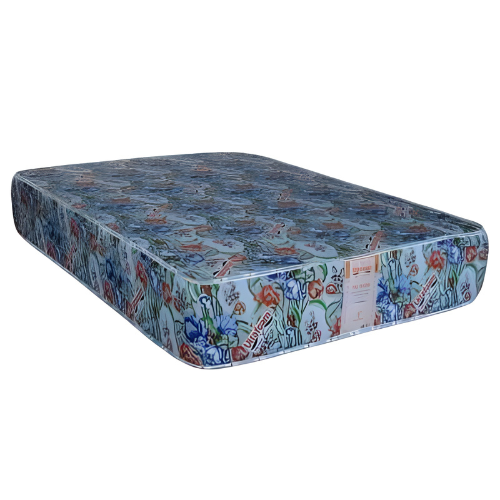One of life’s pleasures is curling up and relaxing on a cozy sofa. But buying a sofa that will stand the test of time requires careful consideration. The important thing is to not rush into an impulsive purchase, as your sofa will be one of the most-used pieces of furniture in your home.
A high level of craftsmanship that delivers deep comfort and support is paramount. And there are other considerations as well, such as style, shape, upholstery and durability.
This buying guide lists the most essential points to consider, so that when at last you make your purchase, and sink into your new sofa at home, it will not only provide an exceptionally comfortable experience but will also last for years to come.

- PROPORTION:
Measure the area you’ve designated for your new sofa, taking into account the size and shape of the room. Once you’ve settled on a sofa that you think will fill the space, note the sofa’s measurements and mark them on the floor with string. This way you can be sure the sofa will fit the space and that there will be room to walk around or past it.
- TIP:
Equally important is how you plan to get your sofa into the room. If you have narrow doorways, or live in an apartment accessed via an elevator or stairs, consider whether you will be able to easily maneuver the sofa into your home.
- COMFORT:
With a new sofa, what you see and what you feel is mostly what you get. That said, be aware that a sofa that feels wonderfully supportive now may sag over time. For this reason, take care to find out what’s going on under the upholstery. In terms of quality and craftsmanship, this will be the real indicator of whether you are buying a sofa for the long or short term.

- SHAPE AND SIZE:
If you have a narrow or small living room, you don’t want to put in a huge sofa that leaves no room for anything else.
- FUNCTION:
If you have a family, consider two sofas that fit together in an L-shape or U-shape so everyone can sit together. These styles, also known as modular or sectional sofas, should be upholstered in a durable fabric especially if you also have pets. Good choices are leather, strong synthetic microfiber and chenille. Reclining sectionals are great lounging options and are particularly ideal for home theaters.
- FRAME CONSTRUCTION:
A sturdy frame usually contributes to a long-lasting sofa. A wooden frame is best, especially if it is a quality wood that has been kiln-dried. (Be wary of cheap pine or green wood, which can warp over time.) The frame should be secured together by dowels or nails; avoid those that are held together by staples and glue. The legs should be either part of the frame or solidly attached. Metal frames may be necessary when the seat of the sofa has a large span, but they can make the sofa heavy and hard to move.
- SUPPORT SYSTEM:
Longer-lasting sofas generally have springs, and there are many types. The highest level of support is offered by a pocket coil spring, similar to those in a mattress, or a serpentine-style spring. There are other methods of support, such as webbing. Although this is a cheaper method of suspension, webbing can offer good support if used in conjunction with springs in the areas that will bear the most weight: the seats.
Place order for your choice sofa today on hogfurniture.com.ng

- CUSHIONS:
Typically there are three cushion arrangements offered for the backs of sofas: fixed-back (popular in midcentury couch designs), cushion-back (the most common style, which often has T-shaped back cushions that curve to fit around arms) and scatter-back (a loose arrangement of cushions that hide a padded back frame).
Culled from Houzz.com






